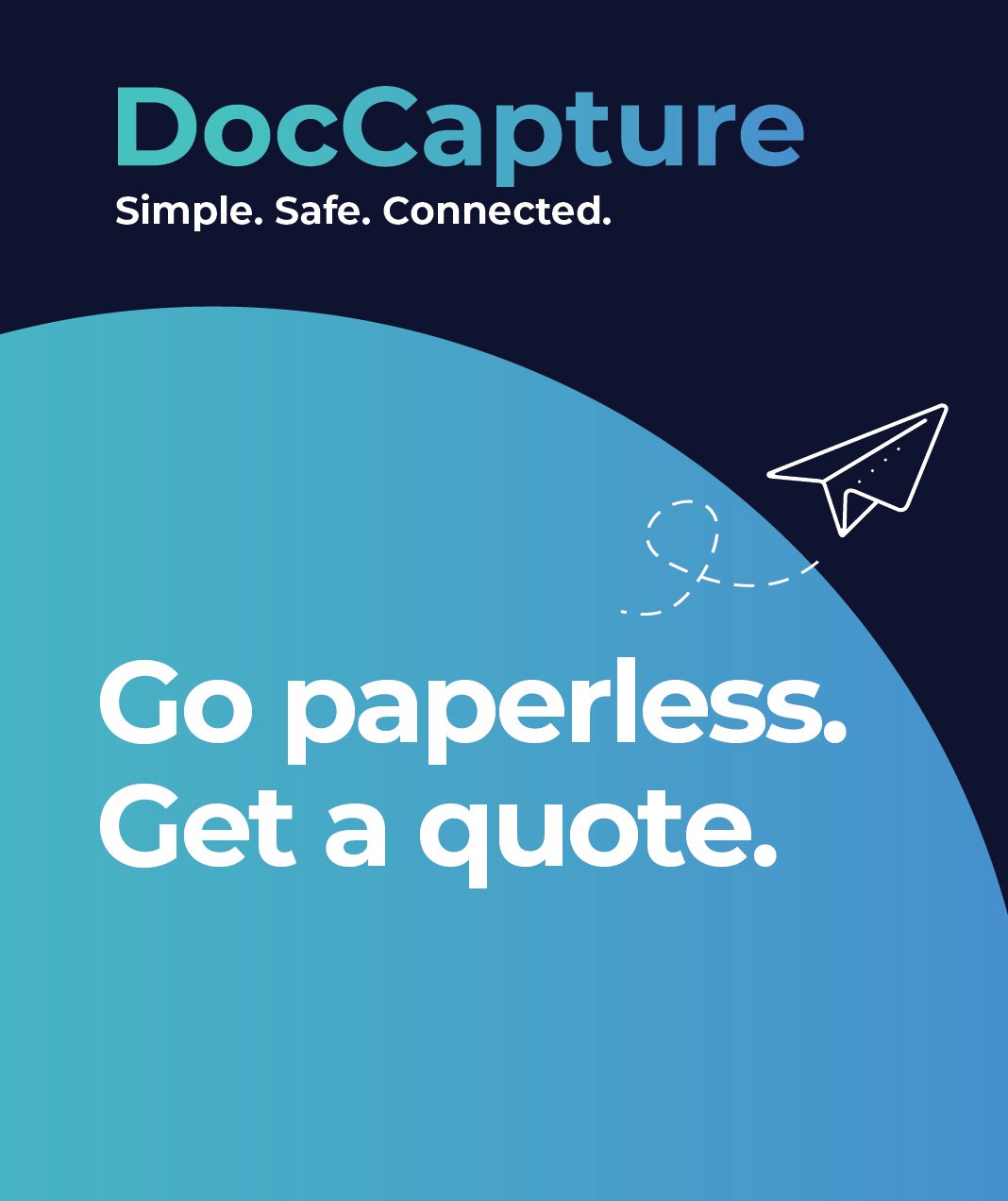Improving Educational Record Management with Digital Document Scanning
Table of contents
In today’s data-driven educational environment, managing records efficiently is more critical than ever. School boards handle an overwhelming volume of documents—student files, staff records, administrative paperwork—all of which must be organized, secure, and easily accessible. Yet many institutions still rely on outdated systems, putting them at risk of non-compliance, data breaches, and operational inefficiencies.
With tightening regulations such as FERPA and increased pressure to do more with less, education leaders are turning to digital solutions to meet these challenges. Document scanning offers a path forward, enabling school boards to transition from cumbersome paper systems to streamlined digital environments. This shift doesn’t just boost accessibility and security; it also supports broader goals like cost containment and digital transformation.
In this blog, we’ll explore how document scanning is transforming educational record management and why school boards should consider this step as part of their modernization strategy.
The Current Challenges of School Boards
School boards across North America face growing complexity in managing educational records. From enrollment to graduation—and every staff interaction in between—massive amounts of paperwork are generated and maintained, often across disparate systems and physical storage spaces.
Volume and Complexity of Records
Educational institutions manage a vast range of documents: student transcripts, health records, IEPs, disciplinary actions, HR files, payroll data, and board meeting minutes, to name a few. These records must not only be stored but also organized, retrieved, and retained for specific durations depending on legal and institutional policies. Traditional, paper-based systems make this process labor-intensive and error-prone.
Strict Regulatory Requirements
Compliance with regulations like the Family Educational Rights and Privacy Act (FERPA) is non-negotiable. Schools must ensure sensitive student and staff information is kept secure and confidential. Unfortunately, paper files are inherently vulnerable—susceptible to unauthorized access, misplacement, and physical damage. These risks highlight the urgent need for more secure, trackable systems.
Budget Limitations and Outdated Systems
Despite growing demands, school boards are often required to operate within tight budget constraints. Legacy record-keeping systems, often decades old, can’t keep up with modern demands and are costly to maintain. Allocating resources toward manual storage, retrieval, and compliance management eats into funds that could be better spent on instruction and technology.
This outdated approach not only burdens administrative staff but also stalls broader efforts toward digital transformation. In fact, many school boards are already exploring the shift—learn more in our blog on Digital Transformation for School Boards.
Benefits of Document Scanning for Schools
Document scanning offers a practical solution to the complex challenges school boards face. By converting paper files into digital formats, institutions can unlock significant improvements in efficiency, compliance, and cost-effectiveness.
Enhanced Accessibility and Organization
Digitized records are far easier to store, search, and share. With a robust document management system, authorized users can instantly retrieve records from any location, streamlining administrative processes and improving service to students, parents, and staff. This level of accessibility supports faster decision-making and reduces the burden on school personnel.
Stronger Data Security and FERPA Compliance
Digital documents can be encrypted, access-controlled, and automatically backed up—enhancing the security posture of any school board. With FERPA in mind, scanning student records creates audit-ready documentation trails and minimizes the risk of unauthorized access. To understand why this is critical, check out our blog: The Need for K–12 Schools to Scan Student Records.
Reduced Storage and Operational Costs
Maintaining physical storage space is expensive. Document scanning eliminates the need for file cabinets, off-site storage, and costly retrieval processes. Over time, the savings in space and labor more than justify the initial investment, making it a budget-smart strategy for cash-strapped school boards.
Integration with Existing School IT Systems
Today’s scanning solutions are designed to integrate seamlessly with student information systems (SIS), HR software, and other school board platforms. This interoperability ensures that going digital doesn’t mean starting over—it means enhancing what already works.
Explore how DocCapture's Document Scanning for Schools service addresses these needs with secure, scalable, and FERPA-compliant solutions tailored for educational institutions.
Digital Transformation in Action
Going digital might seem daunting, especially for school boards with legacy systems and limited budgets. But the transition to document scanning is both manageable and measurable—with the right strategy and support.
Realistic Implementation Expectations
Digital transformation doesn’t happen overnight. It begins with assessing current records, identifying priorities, and creating a phased approach that minimizes disruption. School boards often start with high-impact areas like student records or HR files before scaling across departments. DocCapture helps guide this process with customized integration planning that fits your timeline and budget.
Overcoming Common Objections
Many decision-makers express concerns about compatibility, return on investment (ROI), and data security. Fortunately, modern scanning solutions address these issues directly:
-
Integration: DocCapture ensures scanned documents can be incorporated into existing school software, reducing friction.
-
ROI: Reduced storage costs, quicker retrieval times, and fewer compliance risks add up to significant savings.
-
Security: With secure transfer protocols, encryption, and compliance with regulations like FERPA, digital records are far safer than paper files.
To see the broader strategic context, read our post on Future-Proofing Education: Digitizing School Board Operations.
Why Choosing the Right Scanning Partner Matters
Not all scanning providers are equipped to meet the specific needs of educational institutions. School boards need a partner who understands FERPA, handles records with confidentiality, and can offer scalable services. DocCapture specializes in serving education clients, offering white-glove support from start to finish.
Discover how we support every step of the journey through our dedicated service: Student Records Scanning.
Conclusion
Modernizing educational record management isn’t just a technology upgrade—it’s a strategic move toward greater efficiency, security, and compliance. By adopting document scanning, school boards can eliminate paper clutter, reduce costs, and ensure quick, secure access to critical information.
Whether you're grappling with FERPA compliance, drowning in file cabinets, or simply looking to streamline administrative tasks, document scanning offers a clear path forward. And with a trusted partner like DocCapture, the transition is smoother than you might expect.
Ready to improve your school board’s record management system? Learn how DocCapture can help streamline and secure your student and staff records. Fill out our “Get a Quote” form to get started today.
Share this
You May Also Like
These Related Stories

Streamlining School Operations: The Case for Document Scanning

Future-Proofing Education: The Importance of Digitizing Records

